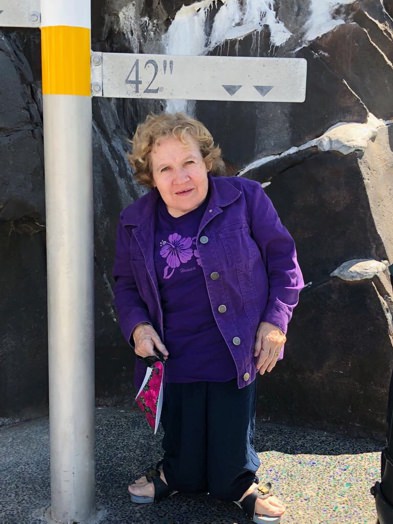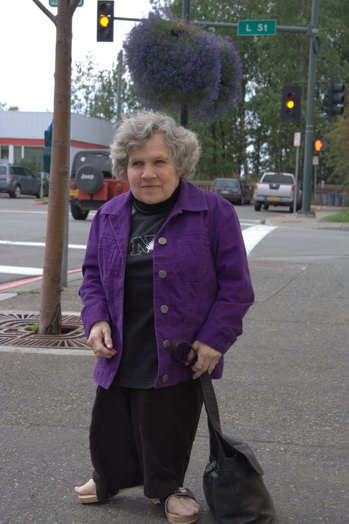
A strange question for me to ask when I don’t have fur, don’t run after balls, and am not a newborn. Nonetheless kittens, puppies and babies do share a common adjective with little people. Cute!
At 71 years of age it doesn’t sit well when someone calls me cute. It usually happens when strangers see me for the first time. They’re taken aback by my height of 40 inches. Exclamations of how cute I am are exaggerated when I’m riding my mobility scooter especially if my husband and I are riding tandem.
Want to subscribe to receive blog updates sign up today!
Being called cute is nothing new, but has been more frequent in recent weeks. It happens when visiting my husband in hospital and rehabilitation facilities where I’m surrounded by unfamiliar faces. As staff congregate just before a shift change, I often overhear them saying, “oh, she’s so cute.” In one-on-one encounters, I’m told to my face, “you’re so cute.”
So why does this bother me?
It’s certainly better than being called the “m” word or some other pejorative term. And based on the smiles that go along with their assessment of my appearance, I deduce that the cuteness label comes from my small size being attractive or appealing to them. At least this is better than being called cute for behavior that is shrewd, annoying or smart-alecky.
In the scheme of things, it’s not a big deal, and I don’t lose any sleep over it. But after checking the Merriam-Webster dictionary definition of cute, I confirmed that my irritation is well founded. The definition based on appearance hones in on my being childish, youthful, or delicate. None of these descriptors are accurate or acceptable!
In chapter one of the first book in my dwarfism trilogy, Dwarfs Don’t Live in Doll Houses, I wrote at length about the importance of being treated according to my age as both a child and teenager. Now as an adult, I am compelled to reject the cute adjective that risks my being subject to responses reserved for children. I don’t want to be patted on the head, picked up, cuddled, or have my cheeks squeezed. I imagine if I stuck around long enough one of these “admirers” would be tempted to do any one of these things.
Even more significant is the damage being done to the Little People community. Accepting the cute label, could stop us being taken seriously as adults in line for a job, apartment, or car purchase, for example. Who would hire a lawyer with babyish characteristics?
To cap it off, adults with dwarfism have no interest in stealing the scene in the way kittens, puppies and babies are used in movies and advertising. Our desire is to be accepted in society’s mainstream as equal contributing members. Our appearance should not limit our opportunities for inclusion as competent adults. Please help make this happen by resisting the temptation to call an adult Little Person cute.
Image credit: Roland from pixabay. https://pixabay.com/illustrations/cats-nature-cute-animal-soft-8743206/
To learn more about Angela’s blog and dwarfism memoir trilogy–
- ALWAYS AN ADVOCATE: Champions of Change for People with Dwarfism and Disabilities
- PASS ME YOUR SHOES: A Couple with Dwarfism Navigates Life’s Detours with Love and Faith
- Dwarfs Don’t Live in Doll Houses








